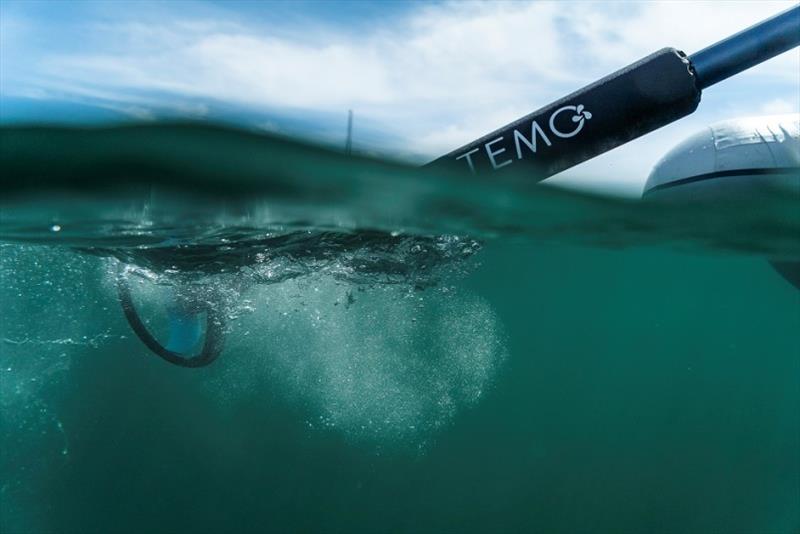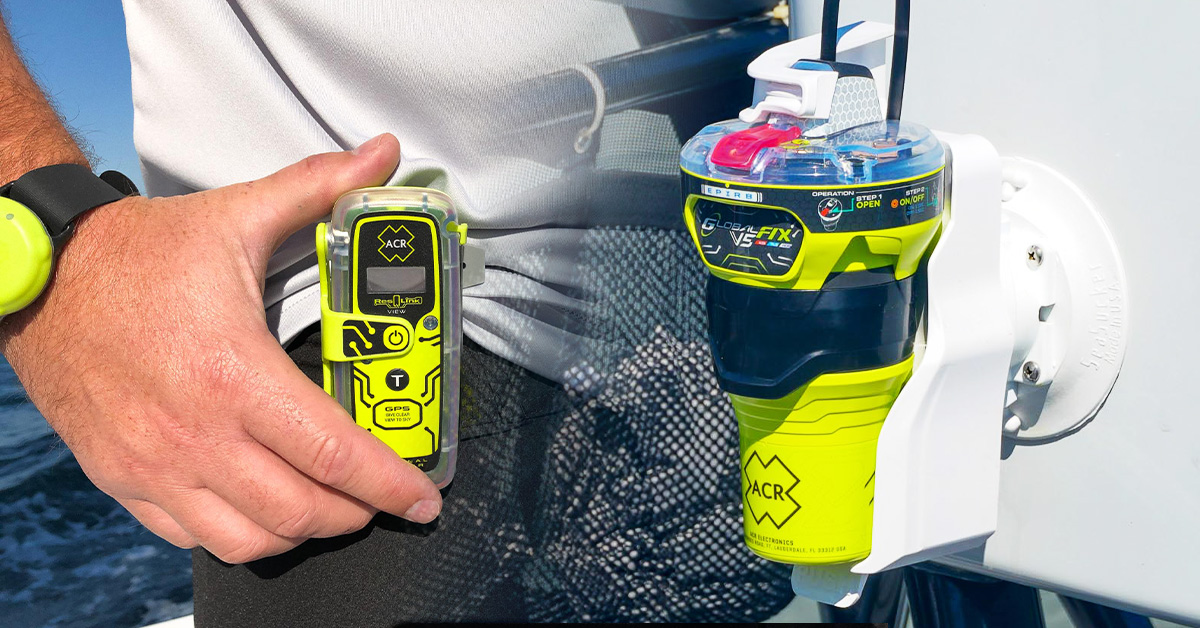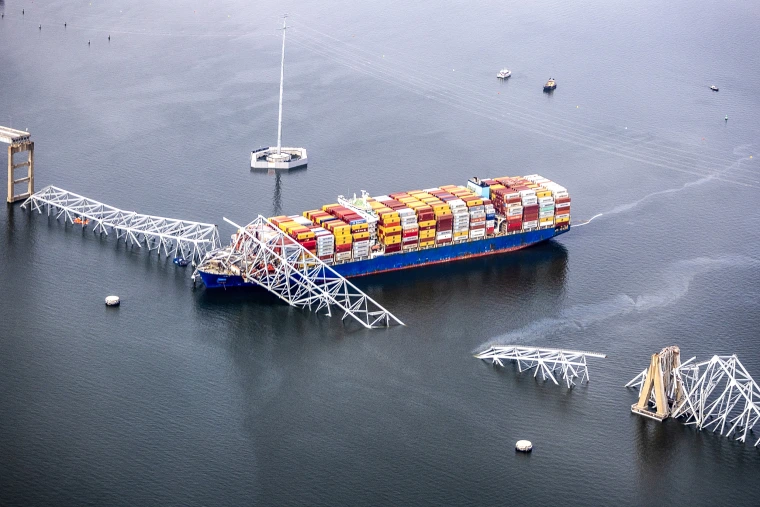Unveiling the Sea Nomad Gene: How This Tribe Conquers Ocean Depths
The Bajau people, often called the "Sea Nomads," have amazed scientists and divers alike with their extraordinary underwater abilities. This tribe has developed a genetic adaptation that allows them to dive to great depths and stay submerged longer than average humans.
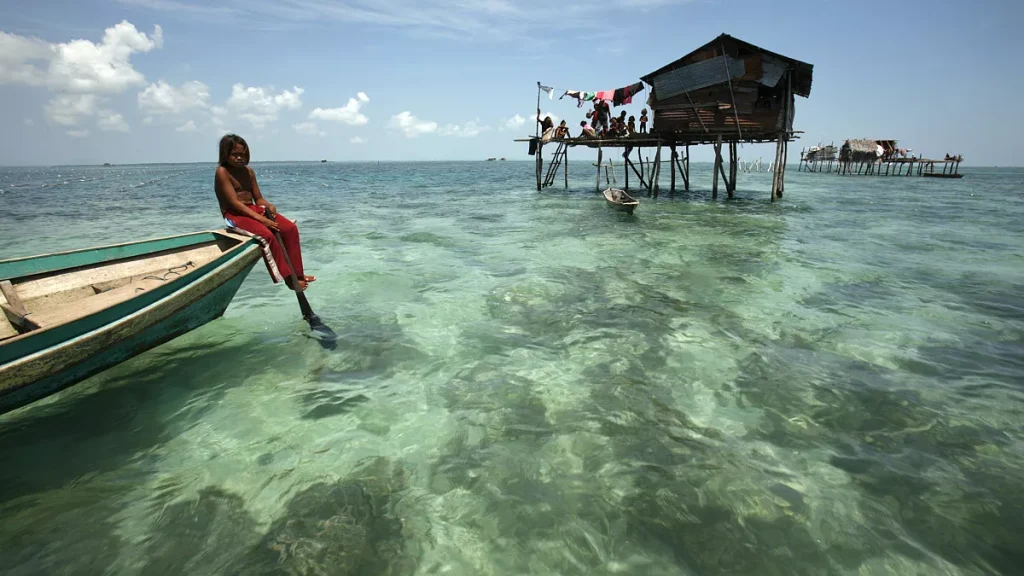
Living for over 1,000 years off the coasts of Indonesia, the Bajau have evolved to thrive in the ocean.
Researchers have discovered that the Bajau possess a unique gene variant that contributes to their larger spleens, enabling them to hold their breath for extended periods. This adaptation provides an extra supply of oxygenated red blood cells, allowing them to free dive without the need for modern diving equipment.
The Bajau's lifestyle is deeply intertwined with the sea, reflecting how their bodies have adapted to their aquatic environment over generations.

The Bajau's ability to conquer ocean depths is not just a fascinating example of human adaptation but also opens up new avenues for scientific research. Understanding their genetic mutation could lead to advancements in medical treatments for hypoxia and other conditions. The Bajau continue to live a largely amphibious life, showcasing the incredible potential of human evolution in response to environmental challenges.
Key Takeaways
- The Bajau possess a genetic mutation that helps them dive deep and stay underwater longer.
- Their larger spleens supply extra oxygen, aiding in their remarkable diving abilities.
- Studying the Bajau can provide insights into human adaptation and potential medical advancements.
The Bajau People and Their Marine Lifestyle
The Bajau people, also known as Sea Nomads, live primarily in Indonesia and Malaysia. Over the centuries, their unique way of life on houseboats has shaped their culture and presented challenges in terms of modern citizenship.
History and Culture of Sea Nomads
The Bajau have lived almost exclusively on water for centuries. They are known for their skills in free diving, reaching depths of up to 79 meters.
Traditionally, they rely on the sea for almost everything, including food and shelter.
Their homes are typically houseboats or stilt houses. They are skilled fishermen and divers, using simple tools to catch fish and gather other marine resources. Their culture is deeply connected to the ocean, with many of their traditions and practices centering on life at sea.
Festivals and rituals often involve the sea, and their social structure is closely tied to their maritime lifestyle. Their knowledge of the ocean and its resources is passed down through generations, preserving a way of life that is both practical and spiritual.

Modern Changes and Citizenship Challenges
In recent years, the Bajau have faced numerous challenges. Modernization and governmental policies have pushed them to migrate to more permanent settlements. This shift has affected their traditional practices and lifestyle.
Another significant issue is citizenship. Many Bajau lack legal documentation, making it difficult to access healthcare, education, and other services.
This citizenship problem stems from their nomadic lifestyle, as they often move across borders between Indonesia, Malaysia, and the Philippines.
Efforts are being made to address these challenges, but progress is slow. The preservation of their unique culture and way of life is at risk as they adapt to modern pressures. Government initiatives and NGO interventions are crucial in helping the Bajau maintain their identity while integrating into modern society.
Scientific Exploration of the Sea Nomad Gene
Researchers have discovered unique genetic traits in the Bajau tribe, allowing them to dive deep and stay underwater longer. These traits result from genetic mutations and adaptations that enhance their diving capabilities.
Genetic Adaptations for Aquatic Living
The Bajau tribe exhibits remarkable diving abilities due to specific genetic adaptations. They can dive as deep as 200 feet and stay underwater for up to 13 minutes.
This is possible because of their larger spleens, which store oxygen-rich red blood cells. The spleens release these cells during dives, increasing the oxygen supply in their bloodstream.
These genetic changes are believed to be the product of natural selection over 1,000 years of marine living. The Bajau people's DNA shows mutations that enhance their breath-holding capacity and resistance to low oxygen levels, giving them an advantage in their aquatic environment.
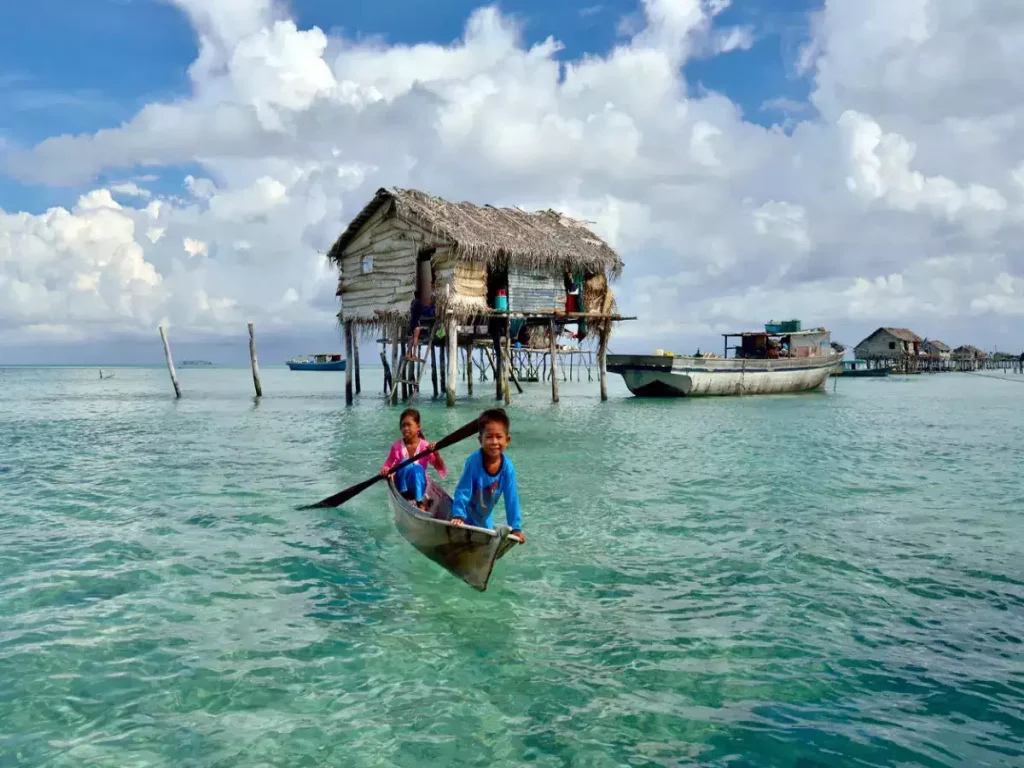
PDE10A: The Role of the Sea Nomad Gene
The gene PDE10A plays a crucial role in the Bajau's diving ability. This gene is associated with spleen size, which is key to their prolonged dives.
Studies revealed that Bajau individuals with a specific variation of PDE10A have larger spleens.
This mutation appears to result from natural selection, favoring those with enhanced diving capabilities. The PDE10A gene thus provides a significant genetic advantage, helping the tribe adapt to their maritime lifestyle. Researchers are intrigued by how this mutated gene influences the Bajau's overall health and diving proficiency.
Learn more about this intriguing discovery on National Geographic.
Physiology of Diving: Understanding the Bajau
The Bajau people, or "Sea Nomads," have developed unique physiological traits that enable them to excel at free diving. Key adaptations help them endure long periods underwater and dive to great depths.
Adaptations of Spleen Size and Function
One of the most notable adaptations in the Bajau is their enlarged spleens. Research indicates that the Bajau have spleens about 50% larger than average.
A larger spleen can store more red blood cells. During a dive, the spleen contracts, releasing oxygen-rich blood, which helps the body function longer without fresh oxygen from the lungs.
An enlarged spleen also provides a buffer against oxygen depletion, which is crucial during extended dives. Investigations show this trait might be due to genetic adaptation over centuries of diving for food.

Thyroid Hormone Levels and Dive Performance
Another adaptation seen in the Bajau involves their thyroid hormones.
Higher levels of a hormone called T4 have been linked to larger spleen size. T4 plays a role in spleen growth and function, suggesting that the Bajau's genetic makeup promotes this hormonal balance.
This hormonal regulation supports their diving prowess, enabling more efficient oxygen use. Studies have shown that this unique trait directly influences their ability to dive deeper and stay submerged longer compared to non-diving populations.
Circulation and Oxygenated Red Blood Cells
Bajau divers also exhibit enhanced blood circulation and oxygenation. They have a higher concentration of hemoglobin, the protein in red blood cells responsible for carrying oxygen.
This allows them to transport and utilize oxygen more effectively during dives.
Efficient circulation supports key organs like the brain and the heart, ensuring they receive adequate oxygen. This adaptation is critical for maintaining bodily functions while diving, reducing the risk of hypoxia, or oxygen deprivation, which can be life-threatening.
Cultural Practices in Deep Sea Diving
The Bajau people have unique traditions that enable them to excel in deep sea diving. Their techniques and specially crafted equipment allow them to navigate underwater environments effectively.
Traditional Techniques and Equipment
The Bajau use simple yet effective tools for their dives. Wooden goggles are a key piece of their gear, providing clear vision underwater.
These goggles are crafted by hand and are tailored to each individual's face, ensuring a snug fit and minimal water leakage.
Spears and nets are also commonly used by the Bajau for hunting and fishing. These tools are often handcrafted and are designed to be highly efficient in the underwater environment.
The Bajau also utilize small dugout canoes, known as “lepa,” which are agile and can be easily maneuvered through the water.
Their techniques for diving have been honed over centuries. The Bajau are known for their strong swimming capabilities, which are developed from a young age.
Their ability to hold their breath and stay underwater for extended periods is supported by their genetic adaptation, often referred to as the sea nomad gene.
The Art of Free Diving and Breath Holding
Free diving is a crucial skill for the Bajau, who rely on it for their daily subsistence.
Training begins in childhood, with children learning to dive and hold their breath for longer periods as they grow older. This skill is essential for their survival, as they often dive to great depths to hunt for fish and gather other marine resources.
One significant adaptation that helps the Bajau in their free diving abilities is their unusually large spleens. Similar to deep diving seals, a larger spleen can store more oxygen-rich red blood cells.
This biological adaptation allows them to stay submerged for minutes at a time. Their diet, rich in seafood, also contributes to their impressive swimming and diving capabilities.
Anthropological Perspectives on Bajau Life
The Bajau Tribe, known for their fishing skills, navigate the waters of Indonesia and Malaysia with exceptional expertise. Their unique lifestyle is deeply influenced by both their social structure and natural environment.
Social Structure and the Sea
The Bajau people have a social structure deeply entwined with the sea. Their communities are often organized around maritime activities. Families rely on fishing as their main livelihood.
Boats are central to their daily life, used not just for fishing but also as living spaces.
Elders and experienced fishermen hold significant influence in Bajau society. They are respected for their knowledge of the sea and its resources. Social status is closely linked to one's skill and success in maritime activities.
Transhumance is practiced among some Bajau groups. This involves seasonal movement between coastal and inland areas, dictated by fishing seasons and tidal patterns.
This mobility is a key aspect of their social fabric and survival strategy.
Impact of Natural Environment on Bajau Traditions
The natural environment plays a crucial role in shaping Bajau traditions. Their ability to dive deeply and stay underwater for extended periods is well-documented.
This unique adaptation is linked to their larger spleens, which help store more oxygen in their blood.
Seasonal changes and the availability of marine resources greatly impact their lifestyle.
Bajau communities adapt their fishing techniques and daily routines based on tidal patterns and fish migration.
This relationship with the sea is deeply embedded in their cultural practices.
The Bajau also developed a diverse fishing toolkit. They use hand-made tools, nets, and even spears for different types of fishing.
These tools are crafted with specialized knowledge passed down through generations, reflecting their deep connection to the marine environment.
Technological and Methodological Advancements in Research
Research into the unique diving abilities of the Bajau people, also known as Sea Nomads, has seen significant technological and methodological advancements.
Scientists utilize tools such as ultrasound and genetic studies to explore and understand these abilities.
Use of Ultrasound in Studying Spleen Size
Ultrasound technology is central to studying the Bajau’s physiological adaptations. Researchers use ultrasound to measure the size of the spleen in both Bajau divers and non-divers.
This technique helps determine if an enlarged spleen contributes to their ability to hold their breath for extended periods underwater.
An enlarged spleen stores more oxygen-rich red blood cells, which can be released during diving, providing a possible evolutionary advantage.
Ultrasound is non-invasive, making it ideal for field studies. Researchers can quickly gather data without causing discomfort, allowing them to study the Bajau in their natural environment.
Genetic Studies: From Mice to Humans
Genetic research has played a crucial role in uncovering the traits that enable the Bajau's extraordinary diving capabilities.
Scientists often begin with animal models, such as mice, to identify specific genes associated with oxygen storage and utilization.
This approach offers a controlled environment to study gene function before applying findings to human subjects.
By analyzing DNA samples from the Bajau, researchers have pinpointed variants in the PDE10A gene, which are linked to spleen size and function.
These studies find that natural selection may have favored these genetic traits, enhancing the Bajau's ability to dive deeply.
This interdisciplinary effort between genetics and physiology provides a comprehensive picture of how evolution shapes human adaptation to extreme environments.
Frequently Asked Questions
The Bajau people, often called "sea nomads," have unique adaptations allowing them to dive deep and stay underwater for extended periods. These abilities result from both genetic mutations and cultural practices.
How do the Bajau 'sea nomads' manage to dive so deep?
The Bajau tribe can dive up to 200 feet. They achieve this with a combination of genetic traits and training passed down through generations.
Their ability to hold their breath for long periods allows them to stay underwater longer without the need for modern equipment.
What genetic adaptations allow the Bajau tribe to stay underwater longer?
The Bajau possess a genetic adaptation known as the 'sea nomad gene.' This mutation affects their spleen size, enabling them to store more oxygen in their blood.
As a result, they can hold their breath for up to 13 minutes, far surpassing average human capabilities.
Which physiological traits support Bajau divers' underwater endurance?
In addition to larger spleens, Bajau divers have stronger diaphragms. This muscle strength helps them optimize their breathing before diving.
Increased blood circulation and efficient use of oxygen also contribute to their impressive underwater stamina.
What cultural practices contribute to the Bajau's exceptional diving abilities?
Living a nomadic lifestyle around the sea, the Bajau start diving from a young age. They practice breath-holding techniques and swimming skills daily.
This early and consistent exposure to the water trains their bodies to excel in underwater environments.
In what ways have the Bajau people influenced our understanding of human aquatic potential?
Research on the Bajau has provided insights into human adaptability. Their unique genetic traits underscore the potential for humans to evolve in response to environmental demands.
Studies of the Bajau may lead to advancements in understanding human physiology and potential applications in medicine.
How do environmental factors affect the diving capabilities of the Bajau?
The Bajau's environment plays a significant role in shaping their abilities. Living in coastal regions with abundant marine life encourages frequent diving.
The pressure to find food underwater fosters and enhances their diving skills, making them adept at navigating and utilizing the ocean's resources.
Charlie is Editor-in-Chief of Sea Magazine
